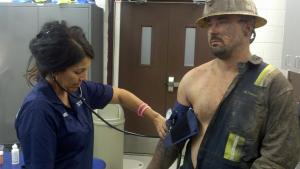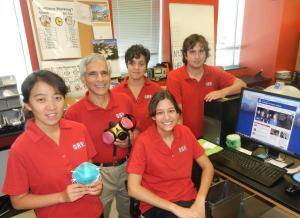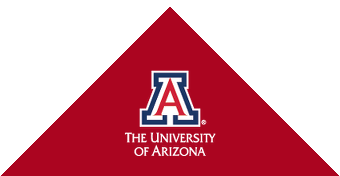Industrial Hygiene Track
The industrial hygiene track focuses on worker protection. Students interested in admission are required to have completed one year of general or inorganic chemistry, and at least one semester of organic chemistry and physics, in addition to the MPH biology requirement. Contact us if you have any questions about these requirements. Students can make up deficient coursework during their first year in the program.
Industrial Hygiene is the art and science devoted to the anticipation, recognition, evaluation, and control of workplace hazards. Workplace hazards often include chemical agents (vapors, fume, gases, particulates), physical agents (noise, safety, vibration), biological agents (infectious agents), radiological agents (ionizing and non-ionizing) and ergonomic agents (work-related musculoskeletal hazards) that arise from the job tasks and worker activities commencing in the workplace. These hazards may cause injury and/or illness among workers or significant discomfort negatively impacting productivity and worker well-being. Industrial Hygienists strive to control hazards with the goal of reducing or eliminating workplace injuries and illnesses and providing a more healthful work environment for workers.
The University of Arizona, Mel and Enid Zuckerman College of Public Health offers a Master of Public Health (MPH) focusing on Occupational and Environmental Health with an Industrial Hygiene emphasis. This interdisciplinary professional degree is CEPH-accredited and emphasizes Industrial Hygiene professional practice training and the foundational tools to prepare for future certification. Funding opportunities are available for Industrial Hygiene track students through the National Institute for Occupational Safety and Health (NIOSH) project training grant in Industrial Hygiene.
To meet this definition, the Program Educational Objectives for graduates of the IH Program include the following:

- Graduates are able to consider the entire workplace system as a whole when evaluating and solving industrial hygiene problems.
- Graduates are able to professionally communicate both verbally and in writing.
- Graduates are able to understand and apply ethical standards, particularly as they relate to occupational safety and health.
- Graduates are able to anticipate/recognize agents and stressors both in and out of the workplace, apply appropriate strategies to evaluate them, and develop cost effective exposure controls for the agents and stressors. This includes understanding and applying statistical and epidemiological data.
- Graduates develop the communication skills needed to participate as a part of a management team working to protect people, property, and the environment.
- Graduates are able to become Certified Industrial Hygienists.

Completion of the EOH-Industrial Hygiene track will enable students to:

- Recognize the need for lifelong learning
- Anticipate workplace stressors
- Recognize workplace stressors
- Evaluate workplace stressors
- Develop control plans for workplace stressors
- Understand the toxics and physiological effects of workplace stressors
- Specify correct PPE
- Use statistics and epidemiology in their workplace evaluations
- Correctly apply legal standards to workplace situations

NIOSH Training Grant Funding
Those interested in worker protection and safety may be eligible to receive funds through the NIOSH training program.
| Year | MPH EOH Admissions | MPH IH track | MPH EOH Graduates | MPH EOH-IH Graduates | As of |
| 2012 | 3 | n/a | 6 | n/a | Dec. 2012 |
| 2013 | 3 | 1 | 3 | 1 | Dec. 2013 |
| 2014 | 12 | 11 | 1 | Dec. 2014 | |
| 2015 | 15 | 5 | 1 | 1 | Dec. 2015 |
| 2016 | 12 | 5 | 2 | 7 | Dec. 2016 |
| 2017 | 6 | 3 | 4 | 6 | Dec. 2017 |
| 2018 | 4 | 4 | 7 | 2 | Dec. 2018 |
| 2019 | 5 | 2 | 6 | 2 | Dec. 2019 |
| 2020 | 7 | 2 | 6 | 3 | Dec. 2020 |
| 2021 | 6 | 5 | 2 | 2 | Dec. 2021 |
| 2022 | 4 | 2 | 8 | 2 | Dec. 2022 |








